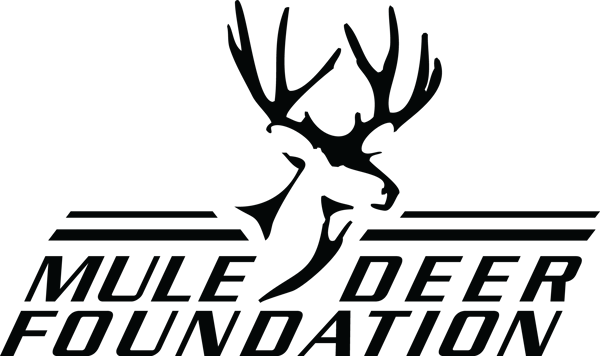- Savage Blog
- Mule Deer: Icons of the West
Mule Deer: Icons of the West
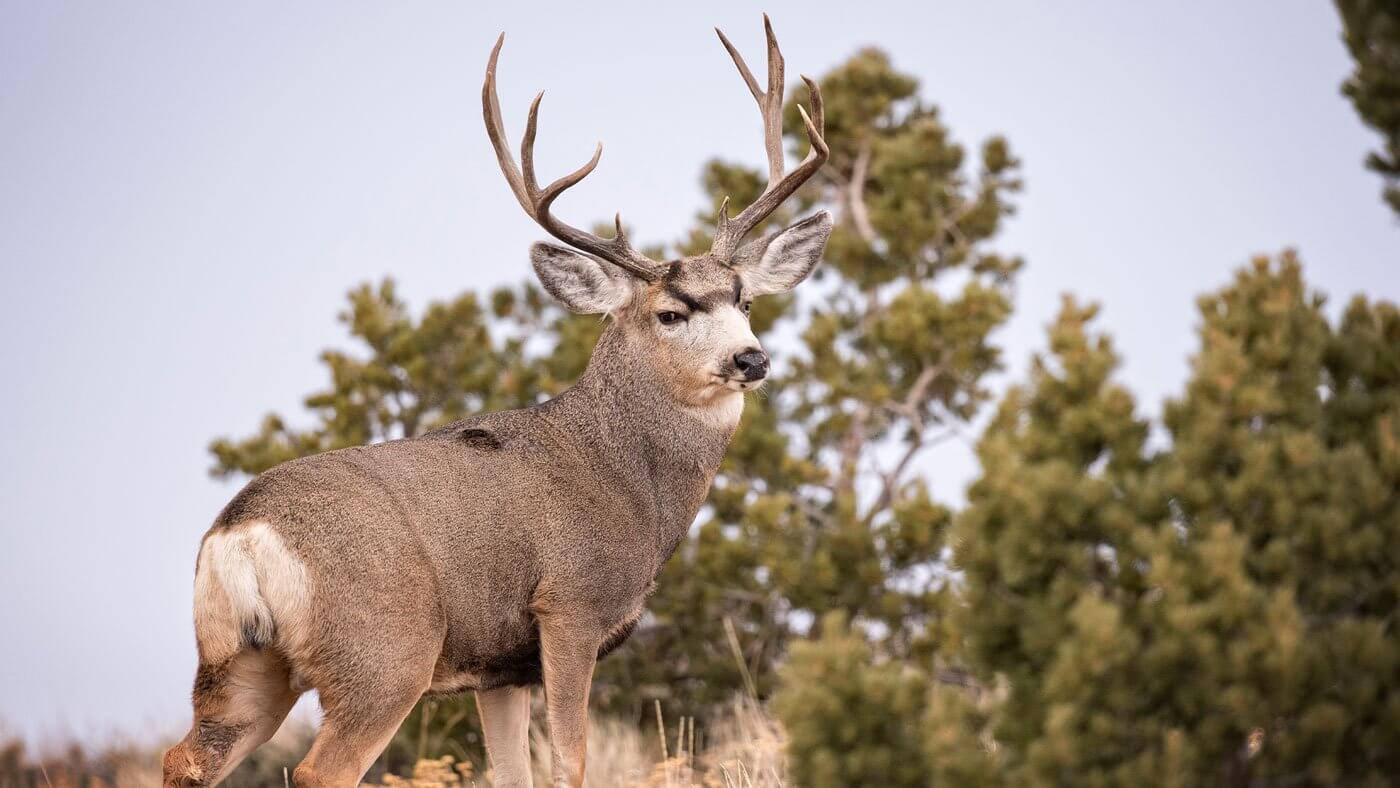
Remember a time when you stood on a ridge at dusk enjoying the view. What did you hear? The faint rustle of sagebrush, the fluttering of aspen leaves, and a whisper through pine needles. Suddenly, you also feel a presence and watch the silhouette of a mule deer pause to survey the open landscape. Mule deer aren’t just one more species in the mountains, deserts, or plains; they are an emblem of a wild, interconnected West.
And yet, those same western landscapes are changing faster than many mule deer herds can adapt to, and mule deer populations have been on the decline in recent decades. Our human desire to live ever closer to nature has been paving over natural habitat. Add in shifting natural patterns and changing conditions that herds depend on, and the result is simple: there are fewer deer on the landscape. Mule deer face tough challenges, and overcoming them will require all of us working together with purpose.
The Mule Deer Foundation (MDF) has been the voice for mule deer since 1988. MDF’s mission is to ensure the conservation of mule deer as we work to improve and restore their habitat across the West. As of December 2024, our mission has expanded to include black-tailed deer that inhabit the Pacific West Coast and Alaska. As the only conservation organization in North America focused on conserving these two deer species, we value outdoor industry sponsors like Savage Arms who support these efforts. Both of us want to help ensure that everyone’s memories of the outdoors continue to be future realities.
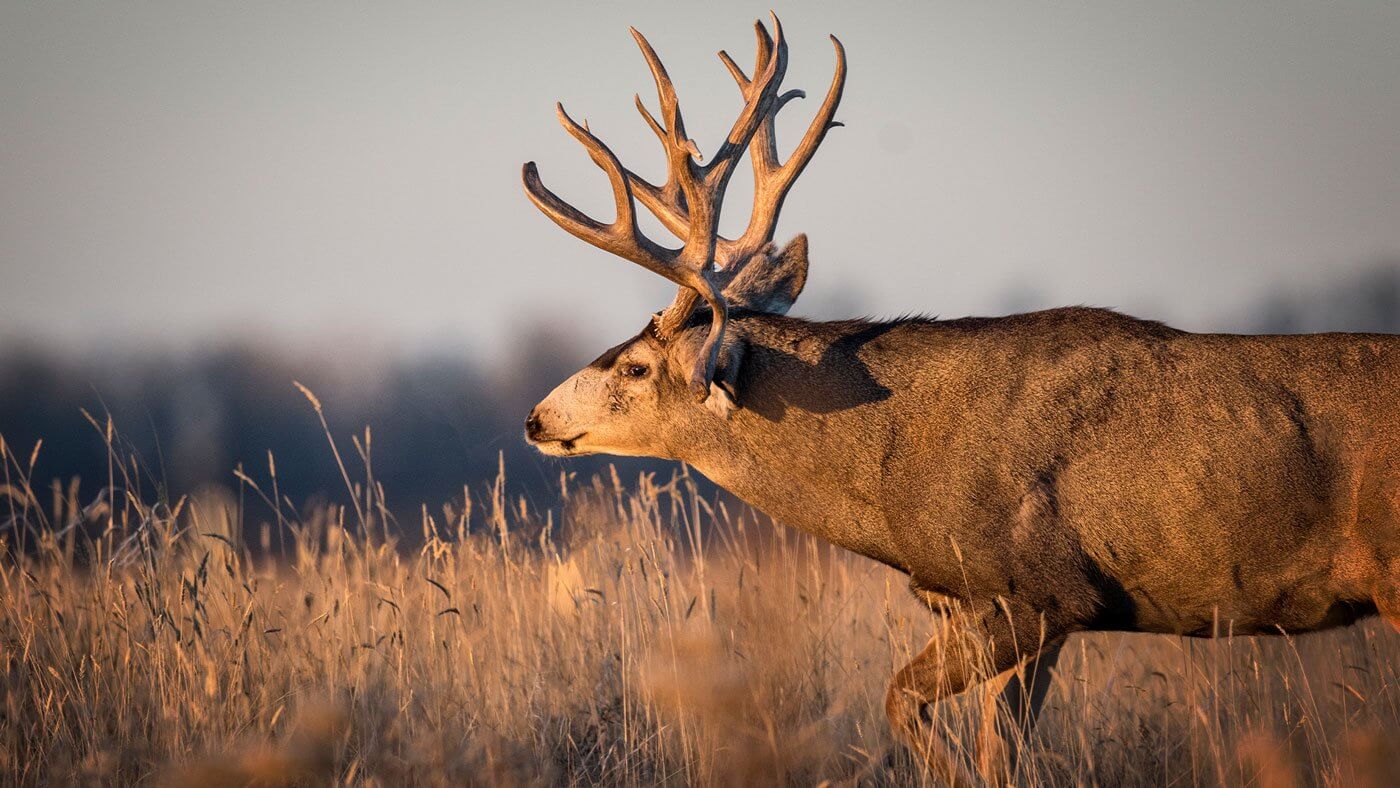
Our personal connection
Think about it. The one animal that everyone has likely seen across any natural landscape in the American West is the mule deer. For those of us who love outdoor pursuits, we spend our lives watching these deer move through the seasons. Mule deer have become our connection to the wild; something to study, protect, and learn from. They remind us of vast distances, diverse habitats, and living and breathing ecosystems. What a charismatic and gentle creature to share the West with!
Mule deer conservation is as much about people as it is about the deer themselves. Their future depends on effective land stewardship and collaboration with long-term habitat health in mind. The West is not just a mosaic of natural landscapes but a mosaic of public lands, private lands, and shared spaces that humans also occupy - each piece shaping the others.
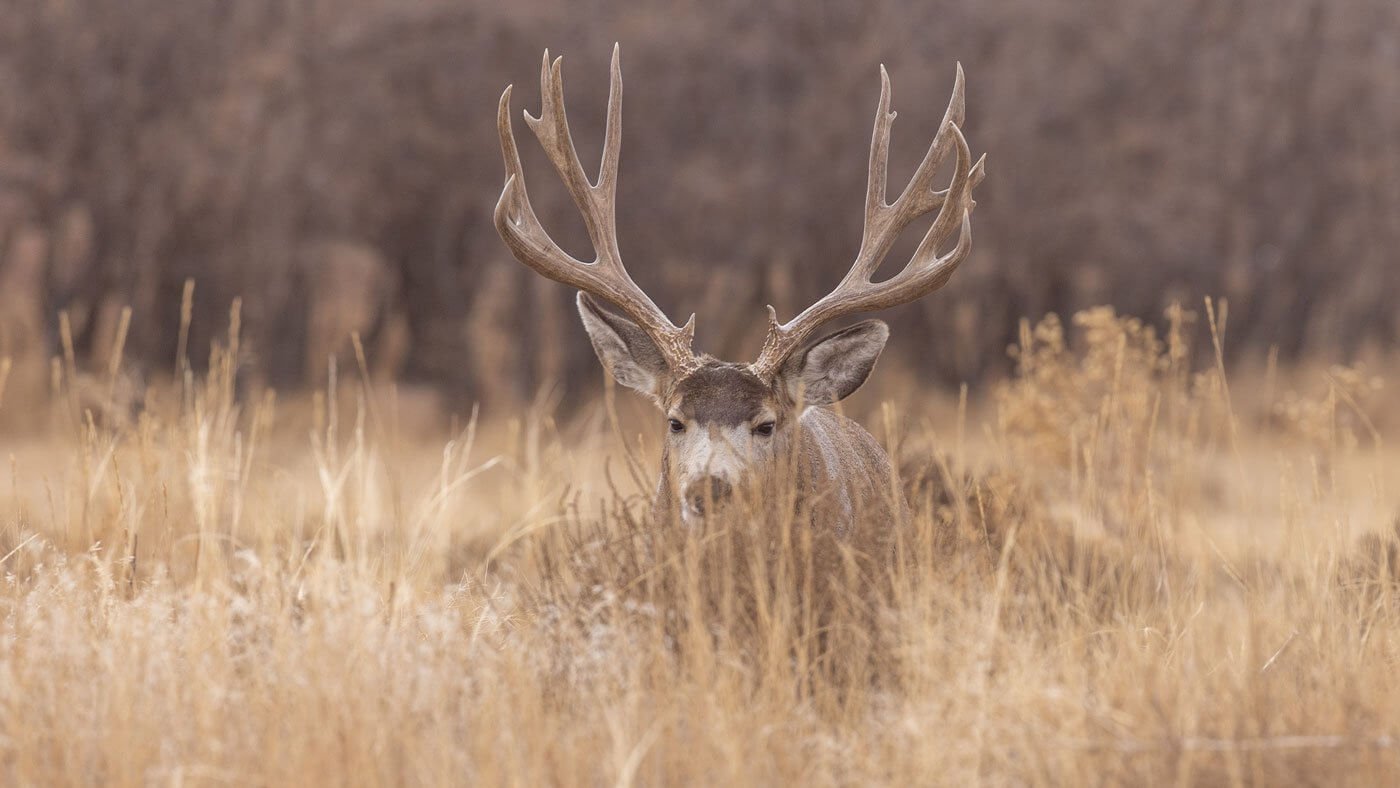
More than just ears and antlers
Mule deer are named for their large ears and, like other big game species, can grow striking antlers. But they’re more than that. Mule deer may roam everywhere from scorching deserts to towering mountains, but over time, they’ve carved out unique niches and behaviors all their own.
- Diet: Mule deer are fairly picky eaters and are considered browsers rather than grazers. They prefer high-quality, easily digestible plants like forbs, young shoots, and certain shrubs over coarse grasses. Like cows and elk, mule deer use a four-chambered stomach to digest their food more than once, but their diet allows them to pull out the most nutrition with the least amount of effort.
- Habitat: Mule deer summer and winter ranges depend on having adequate cover from danger, enough forage to eat, an available water supply, and seasonal requirements, like places to birth and rear their young. This means the areas they reside in need a combination of factors, such as open areas for feeding and shrubs or forests for shelter. Changes to any part of this habitat network make it more difficult to survive.
- Migration Routes: The routes mule deer take between summer and winter ranges aren’t chosen at random. These paths have been passed down from mother to fawn generation after generation. Staying on these routes ensures they reach the right places: high elevation summer grounds with rich forage and lower elevation winter grounds with less snow and more accessible food. Mule deer won’t deviate from their path, which is why obstacles along these pathways become more dangerous.
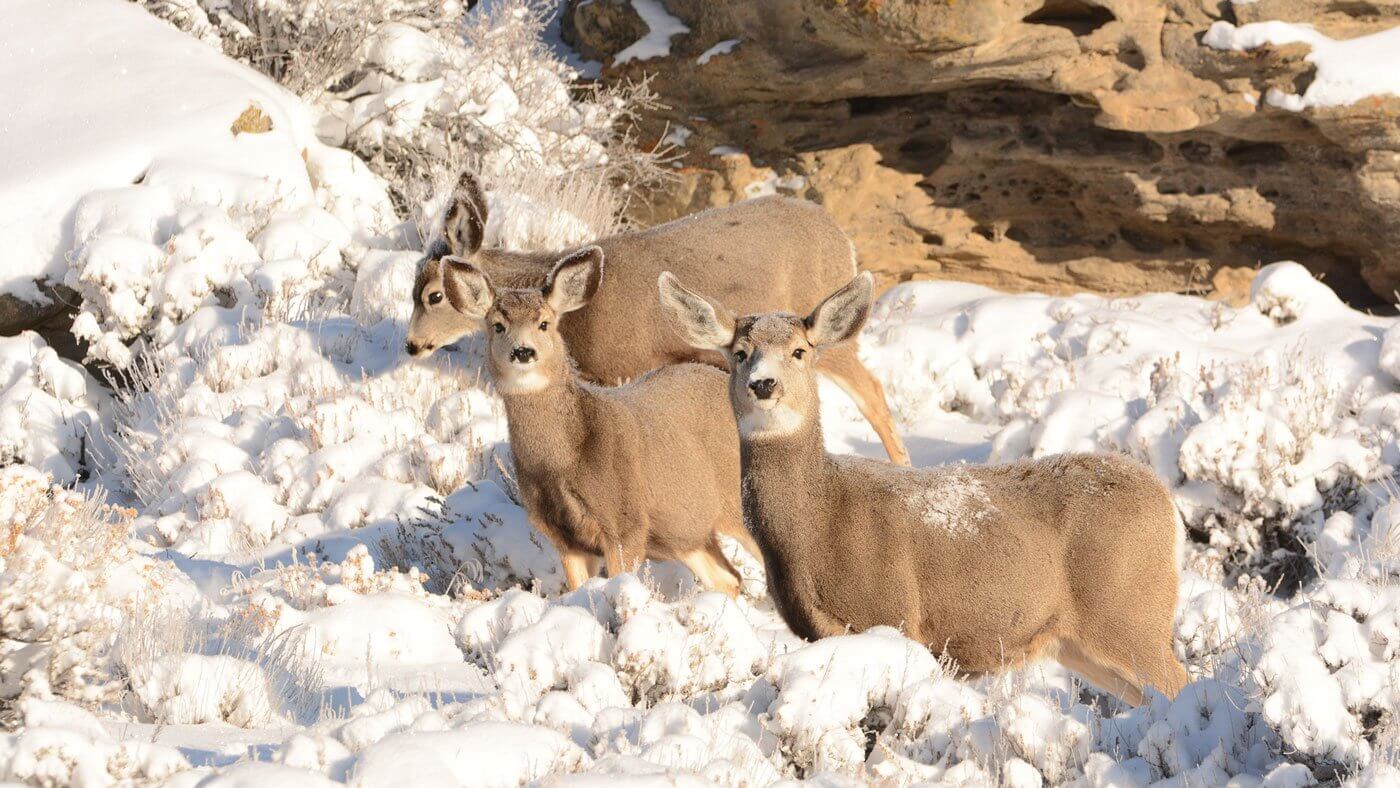
Indicators of ecosystem health
In many ways, mule deer are like a pulse for the West’s health—when their migrations flow, their summer and winter ranges remain connected, and their fawning and feeding grounds hold up against a changing climate, it’s a sign the whole ecosystem is thriving too. Mule deer have evolved with these landscapes, and in turn, have left their mark on them.
Because mule deer graze and browse, they can define plant communities and influence this balance. Their palates help maintain a diversity of vegetation, keeping plant communities more resilient. When deer populations dip, it often signals stress in this broader ecosystem—lost habitat, altered water sources, or barriers that change their movements. Conserving mule deer, therefore, isn’t just about protecting an iconic species; it’s about safeguarding the health of entire landscapes.
Migrations are the most telling chapters in the mule deer story. Across the West, herds undertake seasonal journeys that span dozens to hundreds of miles. They time their movements based on snowpack, forage availability, and the needs of their fawns. These journeys ideally require open landscapes with plentiful resources. As people spread closer to the wild, it becomes our responsibility to keep migration paths open and unbroken. Connectivity means improving habitat continuity across public and private lands, providing a network of safe crossing areas, and making stewardship decisions that prioritize mule deer movement.
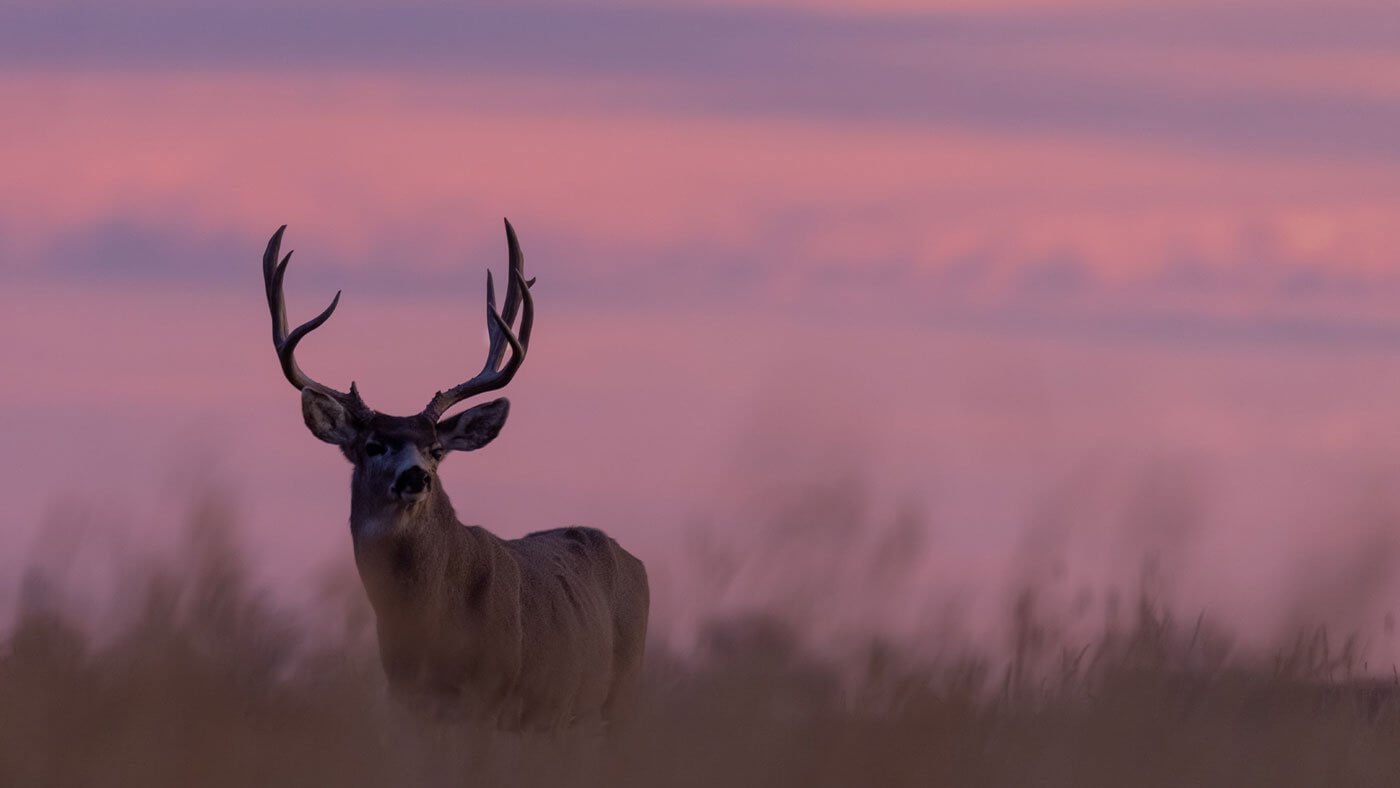
Keeping deer on the landscape
If we want mule deer to remain a symbol of the West, we must pair our awe of them with action. That means practicing and promoting land stewardship and conservation in your community.
- Support habitat conservation and connectivity. Vote for land-use policies that protect habitat and maintain wildlife corridors. Donating to MDF helps us focus on doing the right habitat work, in the right place, at the right scale to support healthy, sustainable deer populations.
- Get involved locally. Participate in land-management planning processes, attend public meetings, and support MDF’s local member chapter efforts. MDF chapters across western states offer camaraderie and support among like-minded mule deer enthusiasts.
- Reduce unintended dangers. Drive more slowly during migration seasons (spring and fall), report problem fences to local government or conservation organizations, and support wildlife crossing projects that provide safer roads for mule deer and drivers.
- Learn and share. The more people recognize how important it is to keep healthy mule deer populations on the landscape, the better our communities can work together to conserve and improve the habitats they need. Share this information with family and friends and advocate for mule deer conservation.
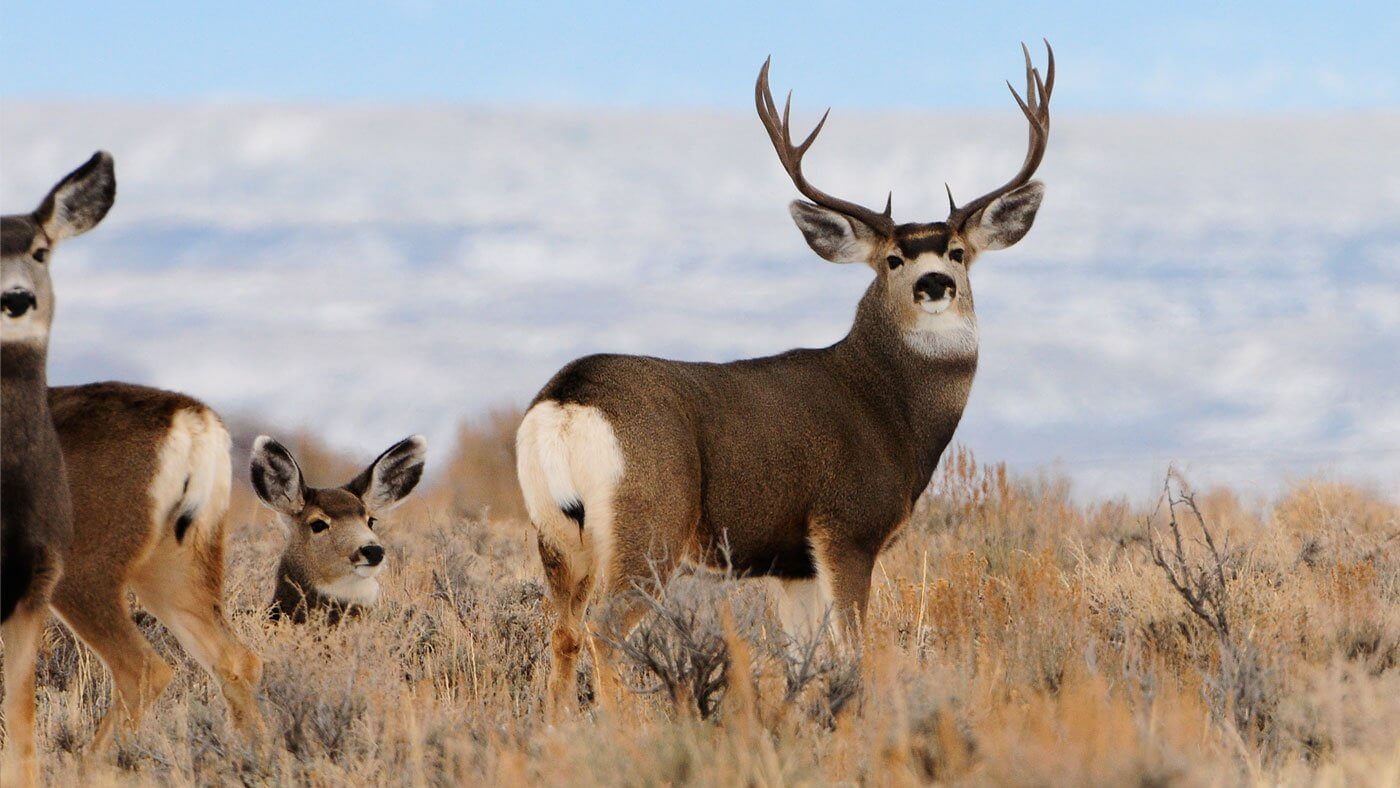
In the end, conserving mule deer is a human endeavor because it’s our choices, actions, and partnerships that will determine whether future generations get to see these iconic animals in awe-inspiring numbers. Join our cause at the Mule Deer Foundation and be part of this mission to keep the iconic presence of these deer on western landscapes.
Become a member of the Mule Deer Foundation or the Blacktail Deer Foundation or both! Click here to join: https://muledeer.org/product-category/membership/ or https://www.blacktaildeer.org/
